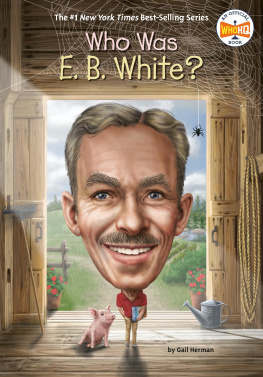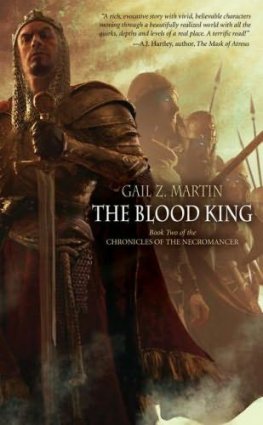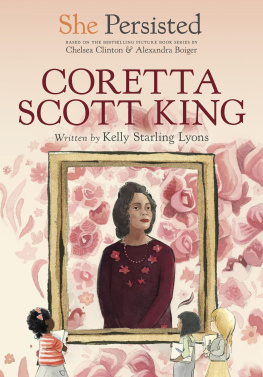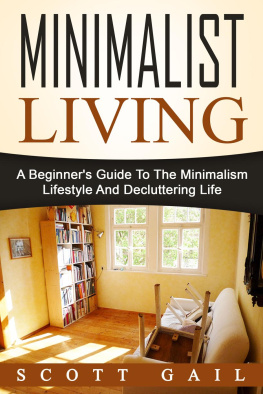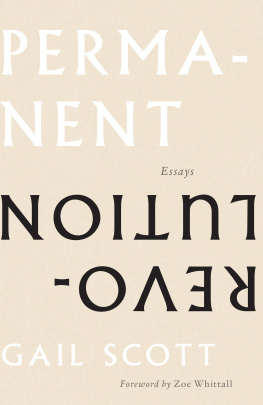As always, for JeffGH
For my sisters Marci, Karin, Shelagh, Teresa, and Michelle, with loveGC
PENGUIN WORKSHOP
Penguin Young Readers Group
An Imprint of Penguin Random House LLC
If you purchased this book without a cover, you should be aware that this book is stolen property. It was reported as unsold and destroyed to the publisher, and neither the author nor the publisher has received any payment for this stripped book.
Penguin supports copyright. Copyright fuels creativity, encourages diverse voices, promotes free speech, and creates a vibrant culture. Thank you for buying an authorized edition of this book and for complying with copyright laws by not reproducing, scanning, or distributing any part of it in any form without permission. You are supporting writers and allowing Penguin to continue to publish books for every reader.
Text copyright 2017 by Gail Herman. Illustrations copyright 2017 by Penguin Random House LLC. All rights reserved. Published by Penguin Workshop, an imprint of Penguin Random House LLC, 345 Hudson Street, New York, New York 10014. PENGUIN and PENGUIN WORKSHOP are trademarks of Penguin Books Ltd. WHO HQ & Design is a registered trademark of Penguin Random House LLC.
Library of Congress Cataloging-in-Publication Data is available.
ISBN 9780451532619 (paperback)
ISBN 9780451532633 (library binding)
ISBN 9780451532626 (ebook)
Version_1
Contents
Who Was Coretta Scott King?
It was a cool and drizzly day in early spring 1968. Coretta Scott King stepped off an airplane in Memphis, Tennessee. Days earlier, on April 4, her husband, Martin Luther King Jr., had been shot and killed downtown in the city. Coretta was now a widow at age forty-one. She was heartbroken and tired, but determined.
Martin was the leader of the civil rights movement to give black Americans the same rights as white people. He had planned to lead a protest march in Memphis. Now he was gone. But the march was still being held.
Why?
Martin would have wanted it. Coretta knew that. And she knew she had to be there, too. Shed always been by his side when he needed her. And he needed her now to carry on.
Some friends urged Coretta not to go. They feared her life would be in danger. She didnt listen.
At the march, Coretta and three of her children linked arms at the front of the crowd. And they began to walk.
The protestersas many as forty-two thousand by one estimatemarched for about one mile. People lined the street as they passed. No one cheered or waved or shouted. They were too sad.
At city hall, there were many speeches about Martin. Then came Corettas turn. She talked about his life as a husband and father. Finally, she said, How many men must die before we can really have a free and true and peaceful society? How long will it take?
After, her oldest daughter said, Mommy, you were real good.
Coretta hoped her presence had given people strength. Being there gave Coretta strength, too. She felt more determined than ever to carry on the cause of civil rights. Shed always been Martins partner in the struggle for equality. Martin believed that he and Coretta walked down this path together.
That was true. Coretta Scott King had believed in peace and justiceright from the very beginning.
CHAPTER 1
The Scott Family
Coretta Scott was born on April 27, 1927, outside of Marion, Alabama, in the small town of Heiberger, Alabama. Sometimes the area is called the Black Belt because of its rich black soil. But in the 1800s, the term had another meaning. It referred to the black slaves who had once worked the cotton fields on large farms called plantations.
Their lives were harsh, filled with backbreaking work and cruel treatment.
Slaves were considered property. Like a horse or a piece of furniture. They had no rights. White owners could whip them, sell them, or work them to death.
After the Civil War ended in 1865, all slaves were freed. Like many others, Willis Scott stayed right where he was. In Alabama. In time, Willis managed to buy his own land. Over the years, generations of Scotts farmed those fields, working hard and raising families.
In 1920, Corettas father, Obadiah Obie Scott married Bernice McMurry.
They built a small, plain home with two rooms: a kitchen and a bedroom. Soon, they had a family: Edythe, Coretta, and Obie Jr. Slavery had ended over sixty years ago. But life was still difficult for African Americans.
From Slaves to Sharecroppers
After slavery was abolished, plantation owners still needed workers. So black families rented small plots of land from former masters to farm. Instead of rent money, they gave landowners some of their crops. But the owners charged families for seeds and food and other goods. Often, sharecroppers owed more than they made. They never had enough money to buy their own land. Cruelly, they were still bound to masters.
In Alabama, and other parts of the South, black people were segregated from white people. That means laws kept them separated.
Obie worked at a sawmill, where logs were cut into boards for building. By the time Coretta was born, he had saved enough to buy a truck. Now he could work for himself, hauling trees.
Jim Crow Laws
From the late 1870s to the mid-1960s, African Americans in the South lived under racist laws called Jim Crow. Black people and white people had separate schools and parks, restrooms and water fountains, hospitals and businesses. It was called separate but equal. But it wasnt. Black Americans suffered .
Then, in 1929, when Coretta was a toddler, the Great Depression hit. It was a time of great hardship throughout the United States. Millions of people lost jobs. And Obie lost work.
















